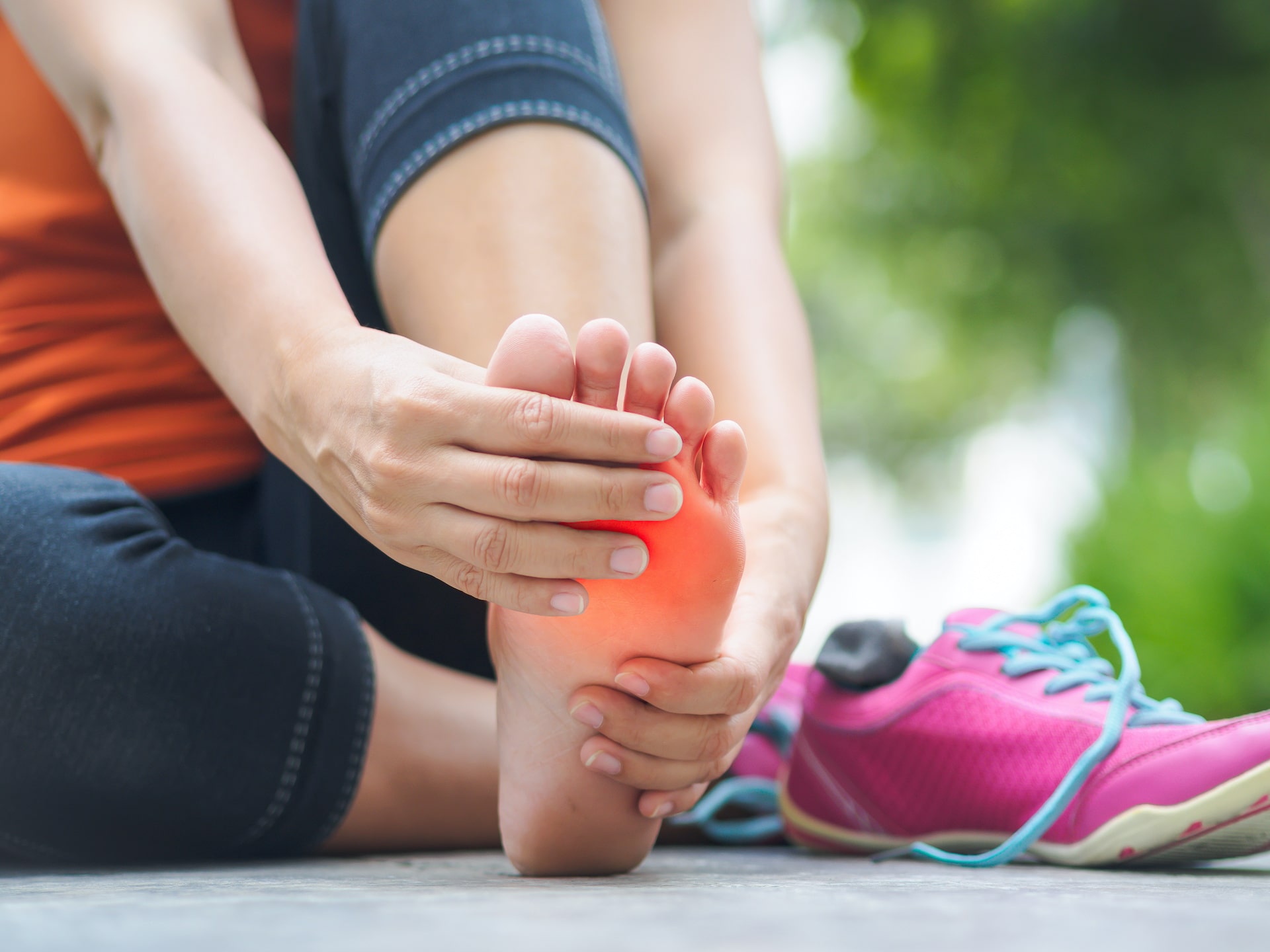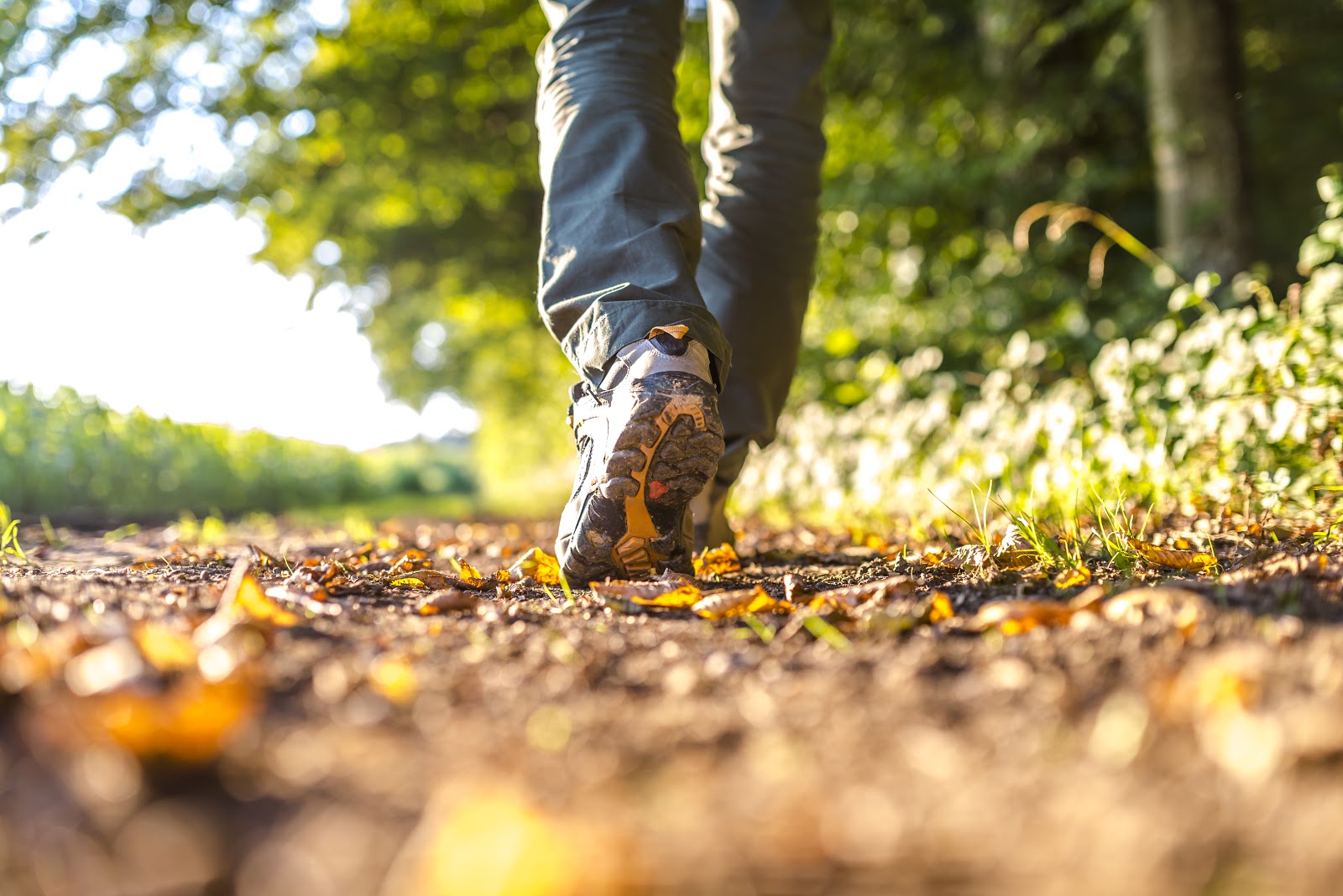Classifying sprains and strains
Both sprains and strains are graded as first, second, and third degree. First degree is the least severe, typically with minimal pain inducing damage. A first-degree sprain or strain may involve mild pain and swelling, but usually you can still place your full weight on the joint and have normal range of motion. A second-degree sprain or strain is moderately worse with wider spread damage, involving a greater degree of tearing, pain, and swelling. In a second-degree sprain or strain, you may experience a reduced ability to move the joint or bear weight on it. With a second-degree injury, you will still be able to move the joint quite a bit, although doing so will be quite a bit more painful than a first-degree injury. A third-degree sprain or strain, however, is quite significant with severely limited motion in the joint. In a third-degree injury, the ligament, tendon, or other tissues may be completely or nearly completely torn. In third-degree injuries, you may not have the ability to move the joint regardless of the amount of pain associated with the injury.
Seek help for your sprains and strains
If you believe you have suffered from a sprain or a strain, be sure to seek the evaluation and advice of your podiatrist before continuing with your normal activities. Leaving a sprain or strain untreated and continuing regular activities may prolong healing or make the injury worse, particularly if you have suffered previous similar injuries. Be sure to seek an evaluation from a podiatrist if you have a deformity of the joint or moderate to significant pain or swelling. Avoid putting weight on the injured joint until your podiatrist gives you permission to do so. Because fractures may cause similar symptoms, it is important to have your podiatrist thoroughly evaluate the injury which often will include x-rays as well as a physical examination.
If your podiatrist determines that do have a sprain or strain, you will be asked to limit your activity for two or three days to allow the pain and swelling to go down as the joint heals. You have probably heard of RICE — rest, ice, compression, elevation — but you will also want to add P (PRICE) which stands for “protect.” By following conservative measures, you may be able to prevent further injury to the joint. Once your injury is feeling better, you may be able to return to your activities slowly. Avoid returning to your full routine too soon in order to allow for the maximum amount of healing. If you have had several prior sprains or strains, you may benefit from wearing different shoes, orthotic inserts, or physical therapy. If after the first few days you are still experiencing pain and swelling, bruising, or find that you can’t put weight on the affected area, follow up with your podiatrist again for re-evaluation.
Minimize your risk of sprains and strains
You may be able to minimize your risk of sprains or strains by having a thorough evaluation of your feet and ankles by a podiatrist to assess the health of your legs, ankles, and feet. Your podiatrist may be able to provide you with valuable advice about shoes, orthotics, or exercise and fitness routines. Ideally, with your podiatrist’s help, you should develop a well-rounded fitness regimen that combines both cardiovascular exercise and strength training, preferably combining different types of activities to avoid overuse injuries of any particular joints. Staying physically active and following a healthy diet will help to control your weight, keeping excess pressure off your feet and ankles. In addition, exercise helps build healthy, strong bones as well as cardiovascular health.
If you suspect you have a sprain or strain, or suffer from any other foot or ankle ailments, including heel pain, please call the podiatrists at Kansas City Foot Specialists today at (913) 338-4440 today to schedule an appointment.



